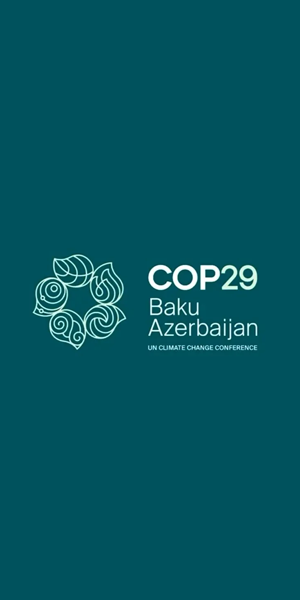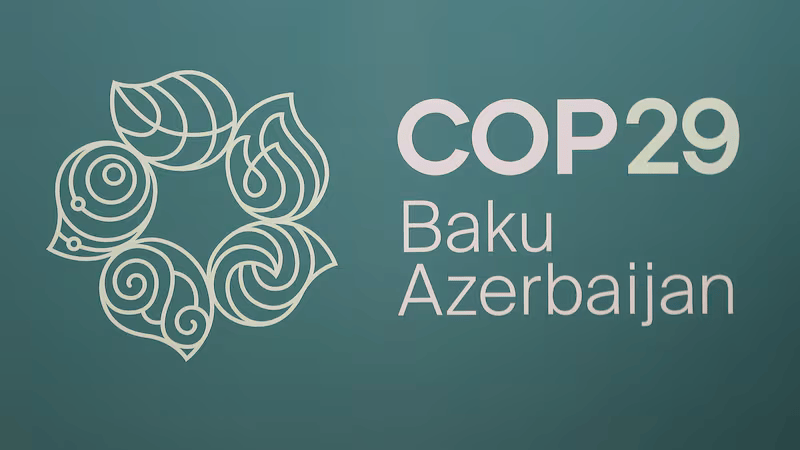
Wednesday 22 September 2021, Thimphu, Bhutan – The release of two reports last week providing updated information on the level of ambition of national climate plans worldwide and the amount of climate finance provided and mobilised are the cause of concern for the least developed countries.
On Monday, UK Prime Minister Boris Johnson and U.N. Secretary-General Antonio Guterres hosted a roundtable of world leaders to address major gaps on emissions targets and climate finance.
As world leaders meet at the United Nations General Assembly (UNGA), Mr Sonam P. Wangdi, from the Royal Government of Bhutan, and the Chair of the Least Developed Countries (LDC) Group in climate negotiations said that, developed countries must take the lead in responding to the global climate crisis, demonstrate solidarity, and fulfill their commitments under international agreements.
“The least developed countries are worst affected by climate change despite contributing the least to its cause. Rich countries with greater responsibility must urgently make deep cuts to their emissions, and scale up support to developed countries for addressing climate change.”
The first report in concern was the NDCs synthesis report. UN Climate Change published the latest NDC Synthesis report, which synthesizes information from the latest NDCs of all 191 Parties to the Paris Agreement, including new or updated NDCs that have been submitted up to 30 July 2021.
The report found that, while the IPCC has made it clear that limiting warming to 1.5C will require the 2030 greenhouse gas emissions level to be a 45% reduction from the 2010 level, existing NDCs will instead lead the world to a 16.3% increase.
“The total global GHG emission level in 2030, taking into account, implementation of all the latest NDCs, is expected to be 16.3 per cent above the 2010 level. According to the SR1.5, to be consistent with global emission pathways with no or limited overshoot of the 1.5°C goal, global net anthropogenic CO2 emissions need to decline by about 45 per cent from the 2010 level by 2030, reaching net zero around 2050. For limiting global warming to below 2°C, CO2 emissions need to decrease by about 25 per cent from the 2010 level by 2030 and reach net zero around 2070,” The LDC group stated.
Responding to the report, Mr Wangdi said that there remained a frightening gap between the current trajectory of global emissions, the emissions reductions planned, and the emissions reductions needed to limit warming to 1.5C.
“Deeper emissions cuts are urgently needed. This will require a swift, just transition away from fossil fuels and rapid changes across all aspects of society. It’s also concerning that the predicted level of greenhouse gases in 2030, which is well above the level needed to limit warming to 1.5C, includes emission reductions in developing countries that are conditional on finance, given that climate finance provided remains far from adequate.”
On the same day as the NDC Synthesis Report, the second report in concern was published. OECD published their latest report on annual climate finance provided and mobilised by developed countries, providing aggregate figures of climate finance for 2019 (the latest year with data due to reporting lags).
The report also shows that climate finance mobilised by developing countries remains far short of commitments made. It states:
“In 2019, total climate finance provided and mobilised by developed countries for developing countries was USD 79.6 billion in 2019, …mitigation still represents two-thirds of total climate finance provided and mobilised by developed countries. In 2019, public grant financing reached USD 16.7 billion.”
Climate finance provided and mobilised to LDCs totaled USD 15.4 billion in 2019. These values are far from matching the needs of developing countries because the costs of adaptation alone are estimated at USD 70 billion annually in developing countries (Adaptation Gap Report 2020, UNEP, January 2021).
Additionally, the costs for LDCs to implement their climate action plans has been estimated to cost USD 93.7 billion per year (IIED, November 2015). The total cost for developing countries to implement their NDCs based on estimates included in those documents has been calculated to total more than USD 4.4 trillion (International Justice Initiative, 2018).
Mr Wangdi said: “Over a decade ago, developed countries committed to mobilising $100 billion in climate finance annually by 2020, but we are yet to see that delivered. Funds provided fall far from meeting the needs of our countries and our people, and the shortfall is costing lives and livelihoods.”
“Developed countries delivering on their decade-old commitment for climate finance to support vulnerable countries to adapt to climate change impacts, build resilience, address the loss and damage it causes, and leapfrog to low-carbon development pathways will be critical for building trust and accelerating the global response to climate change.”











